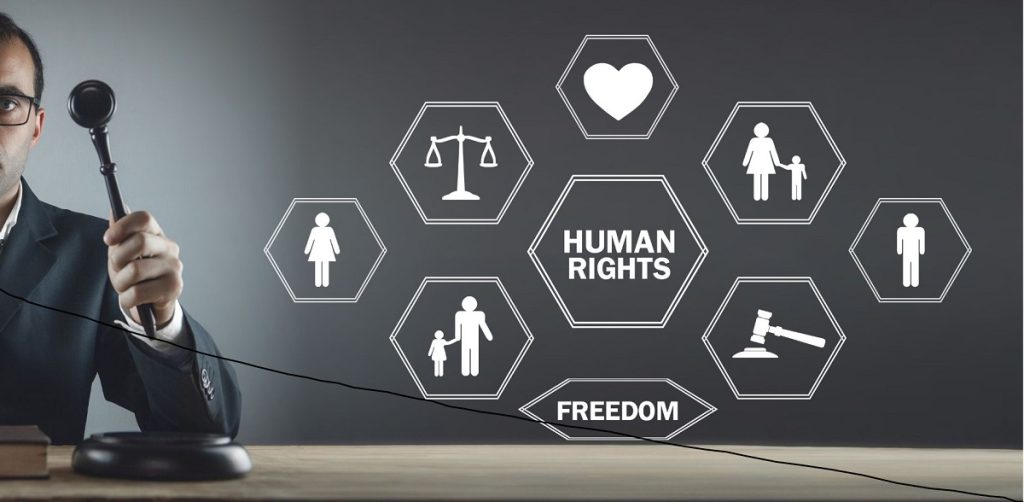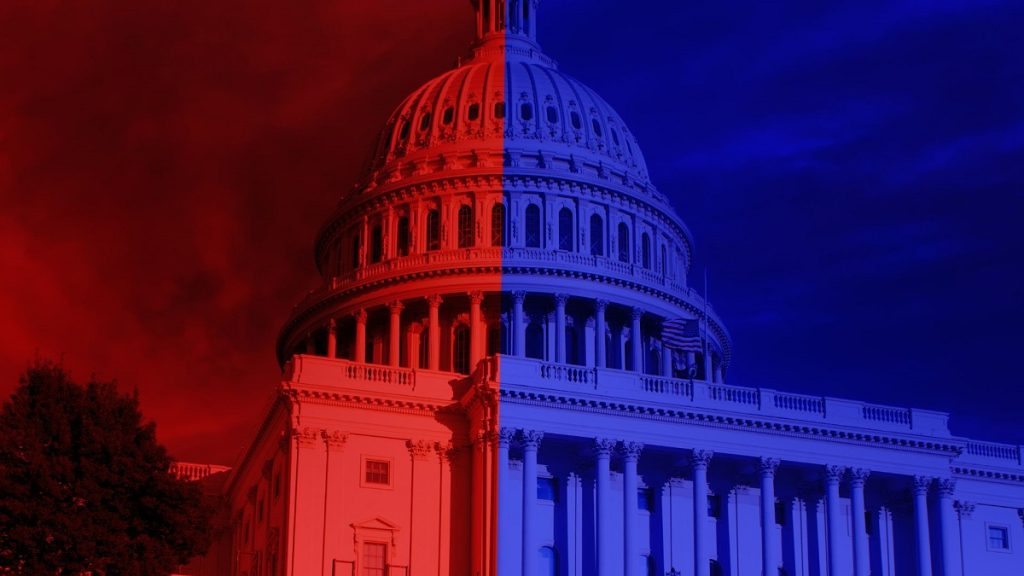Candidates for political office make stump or campaign speeches to help voters learn about themselves and their positions throughout the campaign. Here are some examples of political campaign and stump speeches.
In the dynamic world of politics, one powerful tool remains a constant in winning over voters’ hearts and minds: the stump speech. This iconic oratory tradition has shaped countless political campaigns, delivering a potent blend of charisma, policy promises, and persuasive rhetoric.
From fiery appeals for change to heartfelt tales of personal struggles, stump speeches have become the backbone of political communication.
This article explores compelling examples of stump speeches throughout history, unveiling their enduring impact on electoral campaigns and their crucial role in shaping the political landscape.
What Is A Stump Speech In A Political Campaign?
A stump speech is a standard, rehearsed speech a political candidate delivers during their campaign. It typically outlines the candidate’s core message, policy positions, and personal background, aiming to connect with voters, inspire support, and differentiate themselves from opponents.
A stump speech is essentially an elevator speech where the candidate makes a pitch to constituents.

How Does A Stump Speech Vary From A Campaign Speech?
While a campaign speech is a broader, more comprehensive address covering various topics and contexts, a stump speech is specifically tailored to connect with local audiences during campaign stops.
A stump speech focuses on key themes, repeated consistently across different locations, with an emphasis on connecting personally with voters, conveying authenticity, and generating enthusiasm for the candidate’s platform.
What Should A Politician Say About Themselves?
Politicians should highlight their relevant qualifications, experience, and achievements when speaking about themselves, demonstrating their ability to address the issues. They should also convey their personal values, integrity, and dedication to public service, establishing trust and credibility with the electorate.
How Do You Start Off A Campaign Speech?
“Ladies and gentlemen, distinguished guests, and fellow citizens, I stand before you today with a deep sense of gratitude and determination to embark on a journey together toward a brighter future for our community.
“Thank you all for gathering here today as we embark on a transformative campaign to shape a better tomorrow for our beloved community. With your support and collective efforts, we can build an inclusive, prosperous future filled with opportunities for all.”
What Should You Say In A Campaign Speech?
In a campaign speech, it is crucial to articulate your vision, share specific policy proposals, and address the concerns and aspirations of your constituents. Highlight your experience, values, and dedication to serve while emphasizing the need for unity, progress, and collaborative solutions to tackle the challenges our community faces.
Here is an excerpt:
“In this campaign, we must address the pressing issues affecting our constituents daily, such as education, healthcare, and economic stability, while fostering unity and collaboration to create a stronger, more resilient community for generations to come.
Together, we can bring about meaningful change, empower our citizens, and build a brighter future that reflects the hopes and dreams of each and every one of us.”

How Long Should A Campaign Speech Be?
A campaign speech should be concise and focused, aiming for around 5 to 10 minutes, allowing you to effectively communicate your message while maintaining the audience’s attention and engagement. Remember, it is crucial to prioritize quality content over excessive length to make a lasting impact on your listeners.
What Should You Do After Finishing A Stump Speech?
After delivering a stump speech, engaging with the audience is essential, and you must also show genuine interest in their concerns and feedback. Take the opportunity to connect with individuals, answer questions, and build relationships to establish trust and support for your campaign.
What Should Be Said In The Conclusion Of A Stump Speech?
In the conclusion of a stump speech, it is crucial to summarize your main points and reiterate your core message, leaving a lasting impression on your audience. You can also end the address by inspiring and rallying your supporters, calling them to action, and emphasizing how important their involvement is to the campaign.
Different ways to end a stump speech can include:
- Call to action: Encourage your audience to get involved, vote, volunteer, or contribute to your campaign, emphasizing the collective power of their actions.
- A personal story or anecdote: Share a heartfelt story your audience can connect with on an emotional level, reinforcing your commitment to their concerns and aspirations.
- Inspiring quote: Close your speech with a memorable and inspiring quote that encapsulates your campaign’s values or captures the essence of your message.
- Vision for the future: Paint a vivid picture of the future you envision for your community, highlighting the positive impact your campaign can make and leaving your audience hopeful and motivated.
The best way to end a campaign speech ultimately depends on your personal style, the context, and the specific objectives of your campaign. Consider what resonates most with your audience and aligns with your campaign’s tone and goals.
Stump Speech Examples That Define Candidates

These nine stump speeches are notable for their ability to connect with audiences, convey a powerful message, and leave a lasting impact on listeners:
- Barack Obama’s 2008 “Yes We Can” speech as presidential candidate became iconic, inspiring hope and calling for change. Ex-President Obama’s message of unity and progress resonated with millions of Americans.
- Martin Luther King Jr.’s history 1963 “I Have a Dream” speech during the March on Washington advocated for racial equality and justice for African Americans. His powerful words continue to inspire generations.
- Delivered during World War II, Winston Churchill’s “We Shall Fight on the Beaches” speech rallied the British people and affirmed their determination to resist Nazi aggression, symbolizing their resolve and resilience.
- Elizabeth Warren’s speeches on income inequality and economic fairness, such as her 2012 speech at the Democratic National Convention, have gained attention for advocating for a more equitable society.
- One of Donald Trump’s most notable stump speeches was the one delivered at the Republican National Convention in July 2016, where he formally accepted the party’s nomination for running for president. This speech emphasized his platform on immigration, national security, and job creation while highlighting his outsider status and promising to “Make America Great Again.” It resonated with many of his supporters and helped solidify his message during the campaign.
- One of Joe Biden’s most memorable speeches was his address in Pittsburgh, Pennsylvania, in August 2020. In this speech, Biden presented his economic recovery plan, emphasizing the need for unity, addressing systemic racism, and rebuilding the economy in the wake of the COVID-19 pandemic. He focused on his vision for “Build Back Better” and stressed the importance of creating jobs, supporting working families, and tackling the climate crisis.
- A notable Hillary Clinton speech was her address at the Democratic National Convention in July 2016. In this speech, Clinton accepted the Democratic Party’s nomination for president and focused on themes of unity, inclusivity, and progress. She discussed her policy proposals, highlighted her experience and qualifications, and called for the American people “to come together to address the challenges facing the nation.”
- Ronald Reagan’s “A Time for Choosing” speech is often regarded as one of the most impactful political speeches in American history and played a significant role in shaping his political career and eventually leading to his own presidency in 1981. Reagan delivered this speech supporting Barry Goldwater’s presidential campaign on October 27, 1964, just days before the U.S. presidential election.
- Abraham Lincoln’s most famous stump speech was his Cooper Union Address, delivered on February 27, 1860, in New York City. The speech primarily focused on the issue of slavery and its expansion, but Lincoln also touched upon foreign policy concerns. In the Cooper Union Address, Lincoln argued against the spread of slavery into new territories, emphasizing its moral and constitutional implications.

